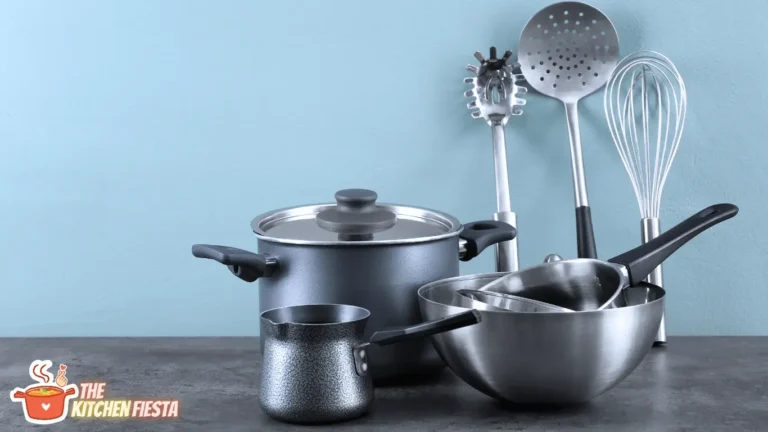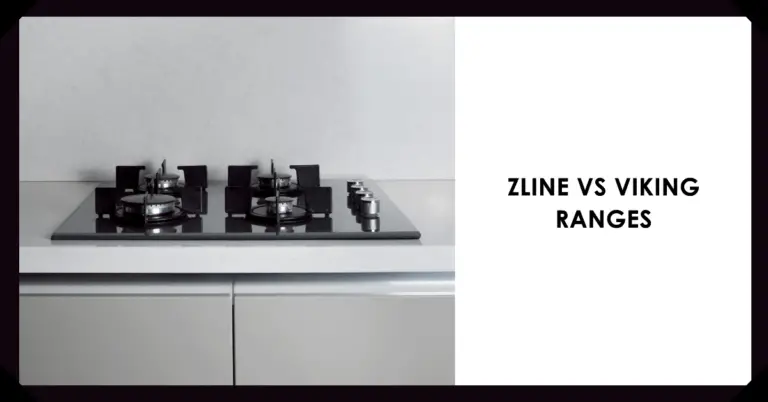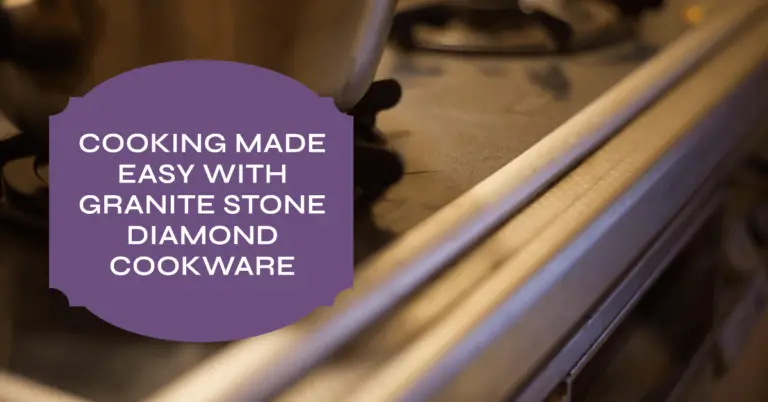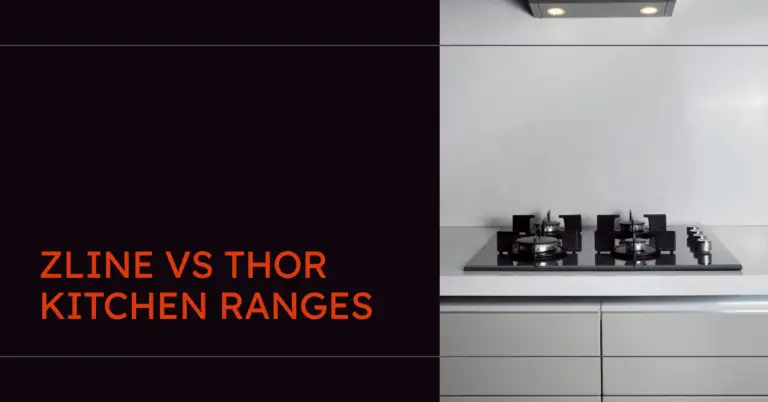Is Berghoff Cookware Safe for Cooking and Your Health in 2023?
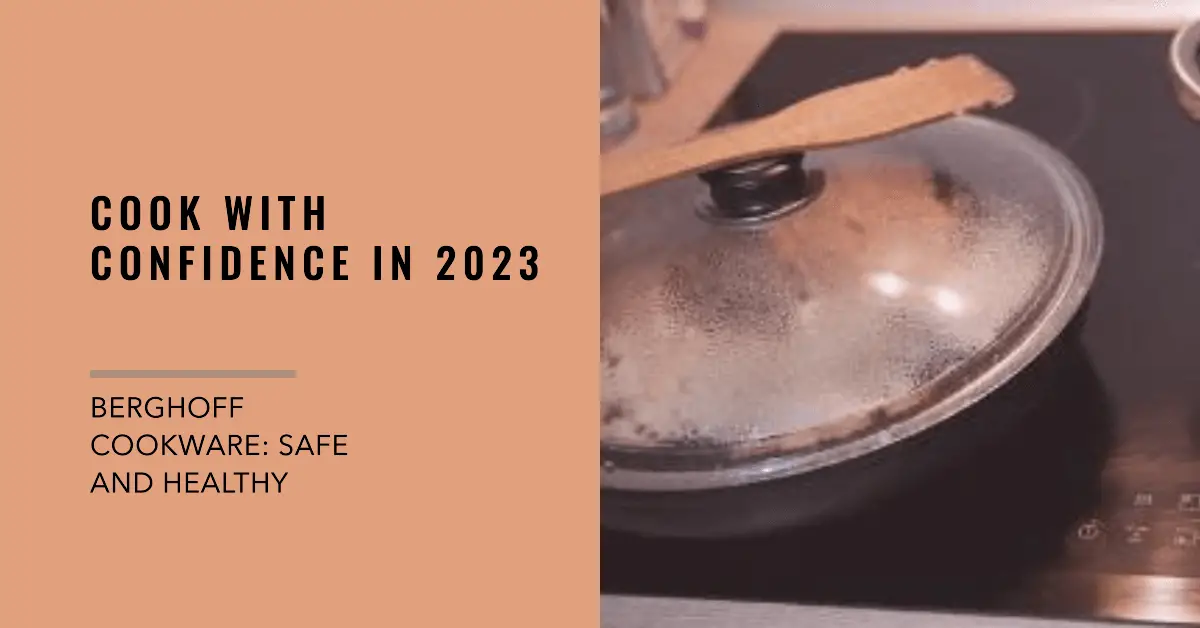
Berghoff cookware conjures up images of vintage styling and old-world quality craftsmanship. But is this antique-looking cookware actually safe to use in our modern kitchens?
With roots going back to the late 1800s, Berghoff pots and pans have been cherished by generations of cooks. Yet some people question if these dusty classics live up to today’s safety standards. There are concerns about what materials Berghoff uses, how it’s made, and whether harsh chemicals could leach into food.
In this article, we’ll explore the safety of various Berghoff cookware lines. You’ll learn what each material brings to the table, from sturdy stainless steel to classic cast iron. We’ll also dive into the manufacturing process so you know exactly what’s going into your cookware.
By the end, you’ll have the facts to decide if Berghoff’s vintage vibe meshes with healthy, hazard-free cooking. Let’s uncover whether this longstanding brand still deserves a place in modern kitchens!
What Materials is Berghoff Cookware Made From?
The first vital factor in cookware safety is understanding what it’s made of. Berghoff uses a range of classic cooking materials in their signature vintage style. Here are the most common:
Stainless Steel
Stainless steel is found across Berghoff’s cookware line. It’s safe, durable, and naturally non-reactive. Stainless steel does not leach any metals or chemicals into food. It’s an ideal all-purpose cooking material, safe for all prep methods.
Berghoff stainless steel lacks nickel, avoiding any metal reactivity issues. It conducts heat evenly and works on all stovetops, including induction. Overall, stainless steel is one of the safest cookware options.
Cast Iron
Cast iron is synonymous with Berghoff’s vintage charm. It retains heat beautifully and lasts for decades when properly seasoned. However, bare cast iron can leach some iron into acidic foods during cooking.
The small iron uptake isn’t a major issue for most people. In fact, it can provide valuable dietary iron. But too much iron over time can cause iron overload disorders.
Enamel-coated cast iron, found in some Berghoff cookware, prevents this iron leaching. It offers the charm and cooking power of cast iron with an interior barrier layer.
Aluminum
Plain aluminum is controversial in cookware for potential leaching. Acidic dishes cooked in bare aluminum pots can take up tiny amounts of aluminum during cooking.
Anodized aluminum, however, prevents this leaching. The anodization process seals and hardens the surface, creating a protective barrier. Berghoff states some of their aluminum cookware is anodized, making it far safer.
Ceramic Nonstick
Some modern Berghoff cookware relies on ceramic-based nonstick coatings. This provides effortless food release without using traditional nonstick chemicals. Berghoff advertises their ceramic nonstick as PTFE and PFOA free.
We’ll explore the safety of these ceramic coatings below. But ceramic nonstick avoids the red flags of older toxic nonsticks when made well.
Overall, Berghoff uses classic, trusted cooking materials. Stainless steel and anodized aluminum offer unbeatable safety. Cast iron and ceramic nonstick have small considerations but aren’t dealbreakers.
Now let’s look closer at Berghoff’s nonstick history and today’s safer ceramic options.
Does Berghoff Use Any Toxic Nonstick Coatings?
One major safety consideration with vintage cookware brands is the nonstick coating. Berghoff has produced nonstick cookware since the rise of Teflon in the 1960s. Their earlier nonstick likely contained PTFE and PFOAs. These chemicals raised health concerns, especially when overheated.
Thankfully, modern nonsticks have evolved. Berghoff now advertises newer ceramic-based nonstick coatings on many of their frying pans. This shift away from PTFE-reliant Teflon is a very positive safety upgrade.
Ceramic nonstick provides effortless food release using safer materials. Let’s take a closer look at what makes ceramic a greener nonstick alternative:
What Makes Ceramic Nonstick Safe?
Ceramic nonstick coatings represent a safety upgrade from traditional Teflon. Here are a few reasons why:
- Made from inorganic minerals and resins – Unlike Teflon which relies on PTFE polymers, ceramic nonstick is derived from clay, minerals, and binders. This inherently greener material basis is a safety plus.
- Withstands higher temperatures – Quality ceramic nonstick won’t degrade or release fumes like Teflon does above 500°F. The inorganic composition is stable at higher cooking heats.
- Does not contain PFAS chemicals – Teflon nonstick relied on PFOA or related PFAS compounds to achieve slick surfaces. Ceramic nonstick does not use these controversial chemicals tied to health issues.
- Lower lifecycle impact – Ceramic coatings are often advertised as “green” due to fewer chemicals used in production. They are less environmentally harmful overall.
The core inorganic materials of ceramic nonstick make it far safer than past Teflon when heated. Of course, all nonstick coatings still require some care to avoid scratches or overheating. But Berghoff’s shift to ceramic represents meaningful safety progress.
Some consumers may still prefer to avoid nonstick entirely. But Berghoff’s ceramic-coated pans are a safer choice compared to their vintage Teflon offerings.
How is Berghoff Cookware Manufactured?
Berghoff cookware has been handcrafted in Indiana for over a century using global materials. Their small factory focuses intently on quality manufacturing. Each piece is individually examined before earning the Berghoff name.
This thoughtful heritage craftsmanship results in durable, high-performing cookware. Berghoff is so confident their pots and pans will last that they offer a lifetime warranty. If any damage occurs with normal use, they promise to repair or replace it.
Berghoff’s Lifetime Warranty:
- Covers manufacturer defects and everyday wear for life of product
- Valid for original owner with proof of purchase
- Not valid for commercial use or improper care
- Reflects pride in safety and quality of materials and construction
This level of backing shows Berghoff stands behind their cookware. They use quality materials sourced ethically from global partners. Each piece then goes through stringent quality assurance. This precision manufacturing, rooted in generations of expertise, enables Berghoff to offer an industry-leading guarantee.
The Lifetime Warranty provides peace of mind that your Berghoff cookware will meet strict safety and performance standards. It’s a key reason chefs have trusted Berghoff pots and pans for decades in their own kitchens.
The Verdict: Is Berghoff Cookware Safe?
Given its longevity and cult following, Berghoff clearly makes high-performing, satisfying cookware. But does its vintage styling also equate to modern kitchen safety?
The answer is a qualified yes for most Berghoff cookware. Here are some evidence-based takeaways:
- Stainless steel and anodized aluminum are universally safe – Berghoff gets top marks for its stainless steel and anodized aluminum cookware. These materials don’t leach and work wonderfully.
- Cast iron and ceramic nonstick are likely safe in moderation – Trace iron intake from cast iron provides nutritional upside. Quality ceramic nonstick avoids overheating issues of Teflon. Both are safe used properly.
- Avoid pre-2000s Berghoff nonstick containing Teflon – Vintage Teflon coats do pose overheating risks and may contain PFOAs. Retire these older nonsticks and upgrade to ceramic.
- Thoughtful manufacturing and materials make most Berghoff safe – From ethical sourcing to lifetime guarantees, Berghoff prioritizes safety and quality. This care instills confidence in its cookware.
- Proper use and care maximizes safety – As with all cookware, misusing Berghoff pots and pans reduces their safety. Follow instructions and treat them with care for best results.
No cookware is universally perfect for every person or situation. But Berghoff checks the key boxes for safety across most of its product lines. Stainless steel and anodized aluminum Berghoff cookware is ideal for maximal safety. Avoid heavily scratched ceramic nonstick and Teflon coated pieces to further minimize risks.
With its manufacturing improvements and greener materials, Berghoff cookware remains a fixture in many kitchens. Its vintage styling reminds us to slow down and savor cooking. Yet updated production and coatings meet modern safety standards. For cooks wanting heritage charm without sacrificing wellness, Berghoff delivers quality, lasting cookware.

